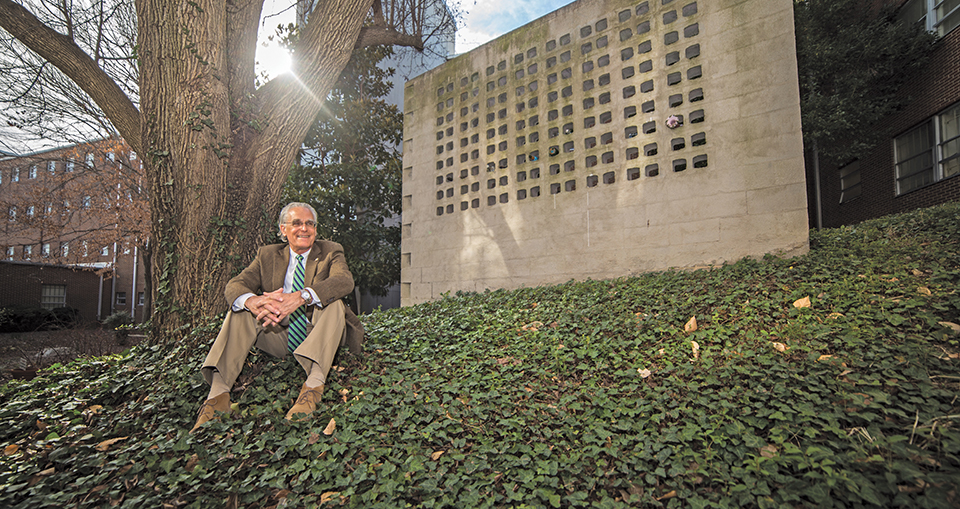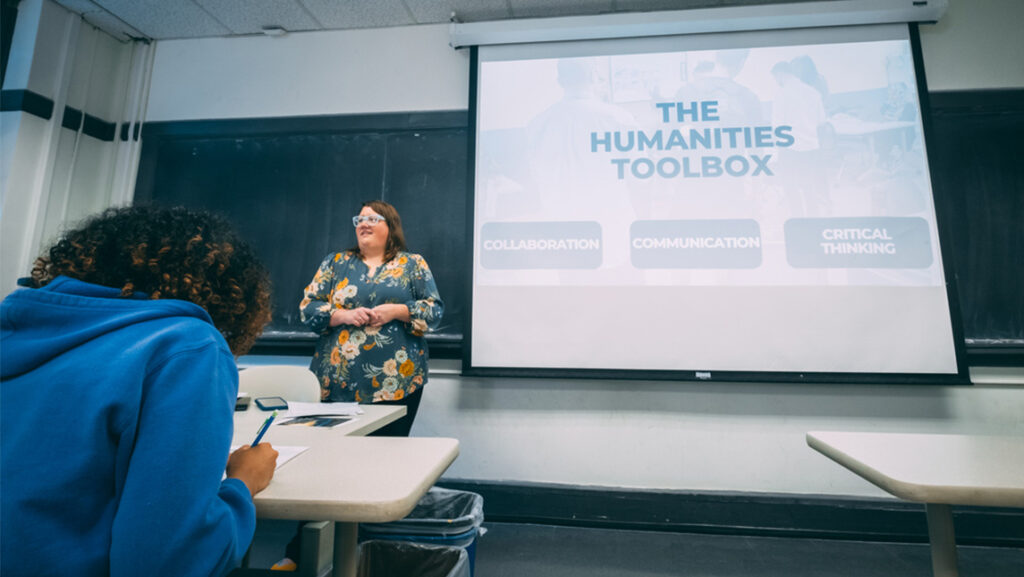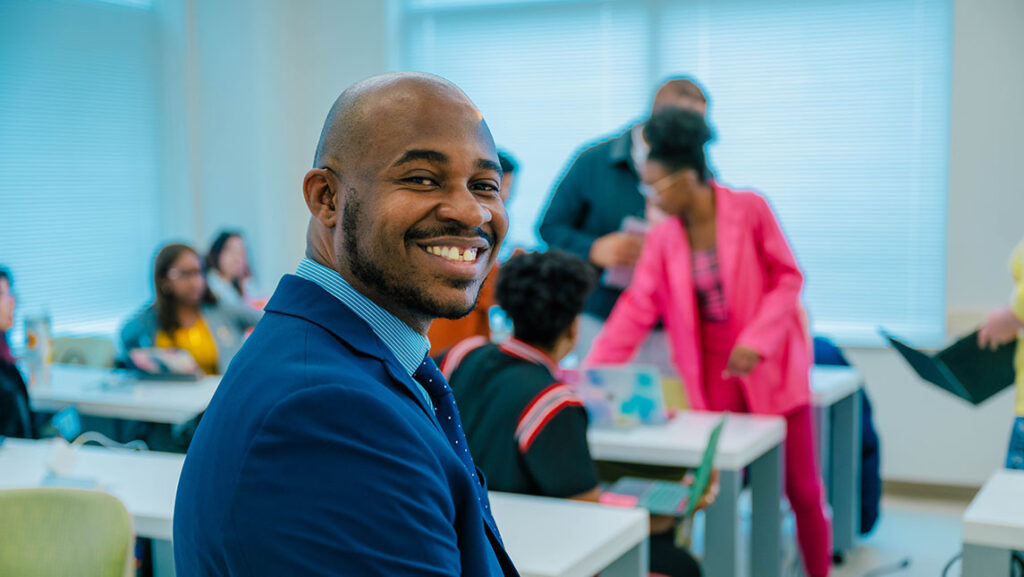Adapted from the spring 2017 UNCG Research Magazine
Service in the U.S. Army meant one thing.
“In my view, the purpose of the military is to build peace. Not war,” says Tom Matyók, associate professor of peace and conflict studies.
Before joining academia, Dr. Matyók served 23 years. He was an enlisted soldier, a non-commissioned officer, and a commissioned officer. He was with the 24th Infantry Division (Mechanized) during Operations Desert Shield and Desert Storm.
His career has been one long peace-making operation.
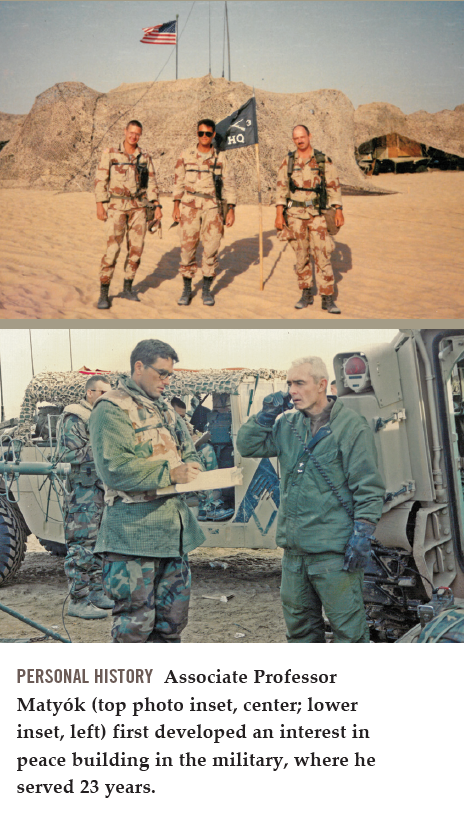 “Building peace is hard. After a war or military confrontation, moving to reconciliation and past the trauma can take generations.”
“Building peace is hard. After a war or military confrontation, moving to reconciliation and past the trauma can take generations.”
There’s one essential component the military has long ignored: religion.
Overlooking local religious leaders — and local religion — does not make sense, Matyók explains. When armies have left, when nonprofit agencies have moved on, religious leaders remain.
“In many conflicts, the only positive force that remains during and after the fighting is a religious one,” he says. They can ensure peace.
As an academic, Matyók served as Senior Fellow at the U.S. Army Peacekeeping and Stability Operations Institute, U.S. Army War College, from 2014 to 2016. There, he taught graduate courses on “Religion and Violence” and on “Conflict Studies: Analyzing and Assessing Violent Conflict.” Many of his students had already seen deployments in Afghanistan and Iraq.
A frequent student response: “I wish I had this knowledge before I was deployed.”
Matyók found that the curriculum of military education included almost nothing on religion. “Very little was being done to prepare these soldiers,” he says. “It’s a gap.”
He has published widely on the topic, including the monograph “Religion: The Missing Component of Military Education” and his article “The Vital Role of Religion in Civilian/Military Interaction.”
He co-edited the book “Peace on Earth: The Role of Religion in Peace and Conflict Studies” in 2014. “We looked around the world for work demonstrating the peace efforts we’re talking about.”
One example was South Sudan and the multiple actors there working to reconcile in the face of violence — each guided by their individual religious beliefs. Another was in Nigeria, where an imam and a pastor set aside their differences to work toward a lasting peace.
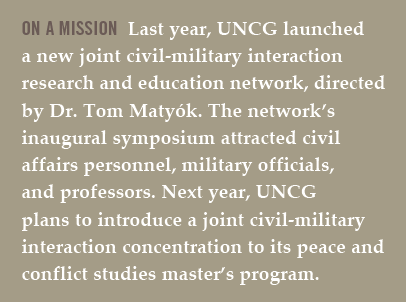 “Conflict resolution is a virus,” Matyók explains. “You hope it’ll enter a nation’s body and spread.”
“Conflict resolution is a virus,” Matyók explains. “You hope it’ll enter a nation’s body and spread.”
Currently, Matyók is working with colleagues in the U.S. and Germany, producing white papers and presenting at symposia, to provide civil and military actors with insights on how to engage religious leaders in conflict prevention and post-conflict reconciliation.
This past summer, Matyók was invited to present on the subject in Ulm, Germany, at the Multinational Joint Headquarters, which provides crisis management operations for the United Nations, NATO, and the EU.
“Peacemaker” by Mike Harris originally appeared in the spring 2017 UNCG Research Magazine.
Inset photos provided by Tom Matyók.
Learn more at https://pcs.uncg.edu/
